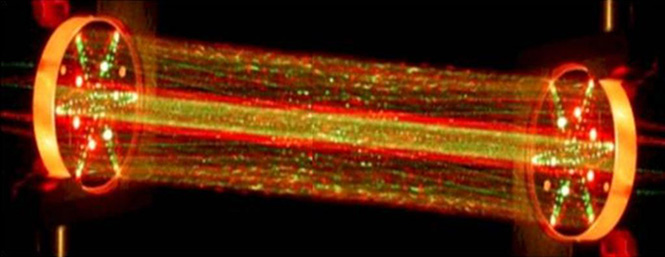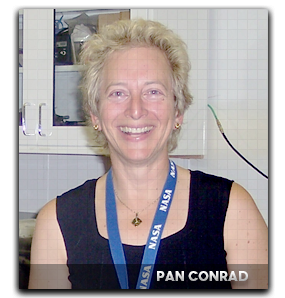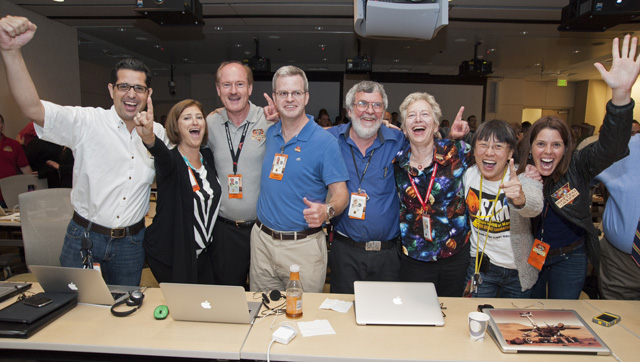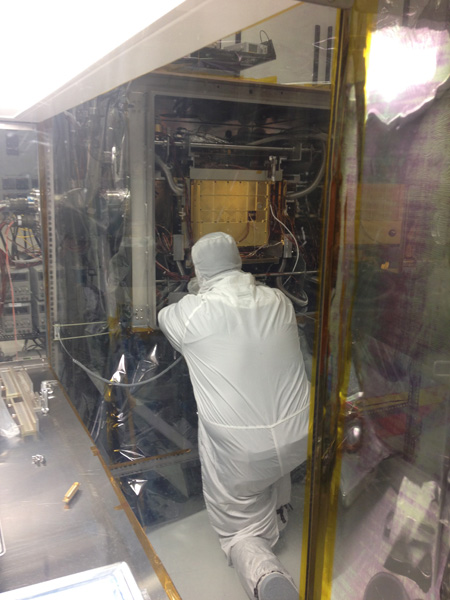Thoughts on Drill Targets
Twas the week before Christmas
And all through the Crater
Were rocks that we thought
We might like to drill later
SAM and CheMin were nestled all snug in the rover
While Mastcam and Chemcam, like sentries watched over
Images of outcrops were studied with care
In the hope that organics might be preserved in there
Debate with good spirit, it's not hard to choose
Each rock looks like treasure; there's nothing to lose
Each vein and each clast just seem so inviting,
That each downlinked image is more than exciting
And now that a lava lake's likely a NO,
Let's break out the drill and get ready to go,
On CHIMRA, to CheMin and SAM with the show!
Whatever we look at we'll get some new insight,
Happy Sol-idays to all, and to all a good night!





